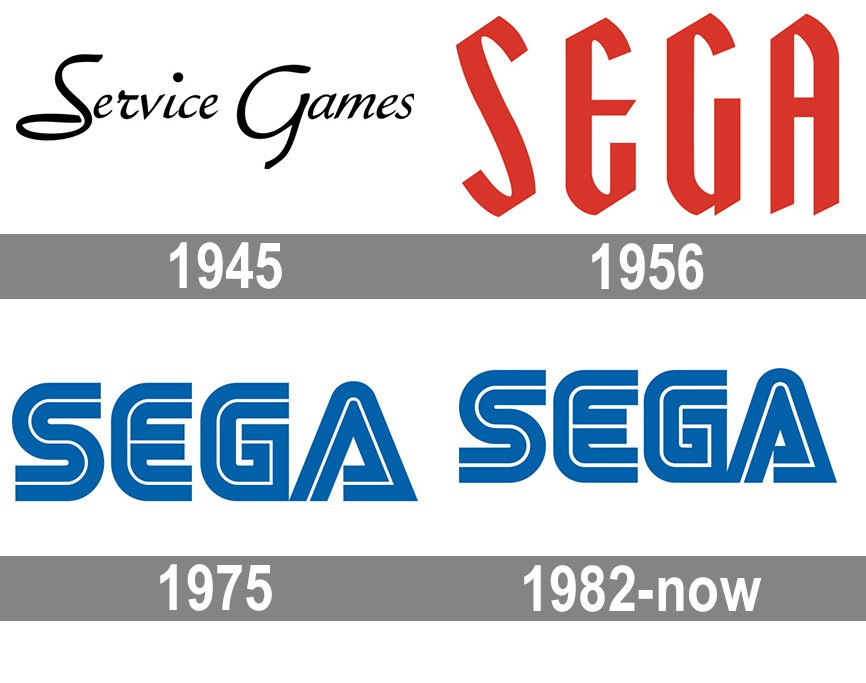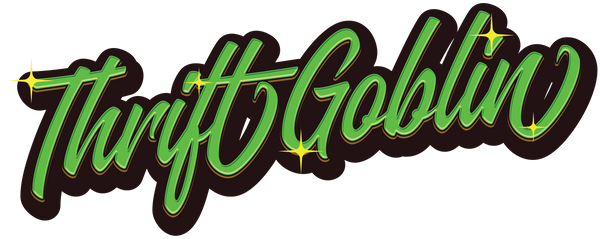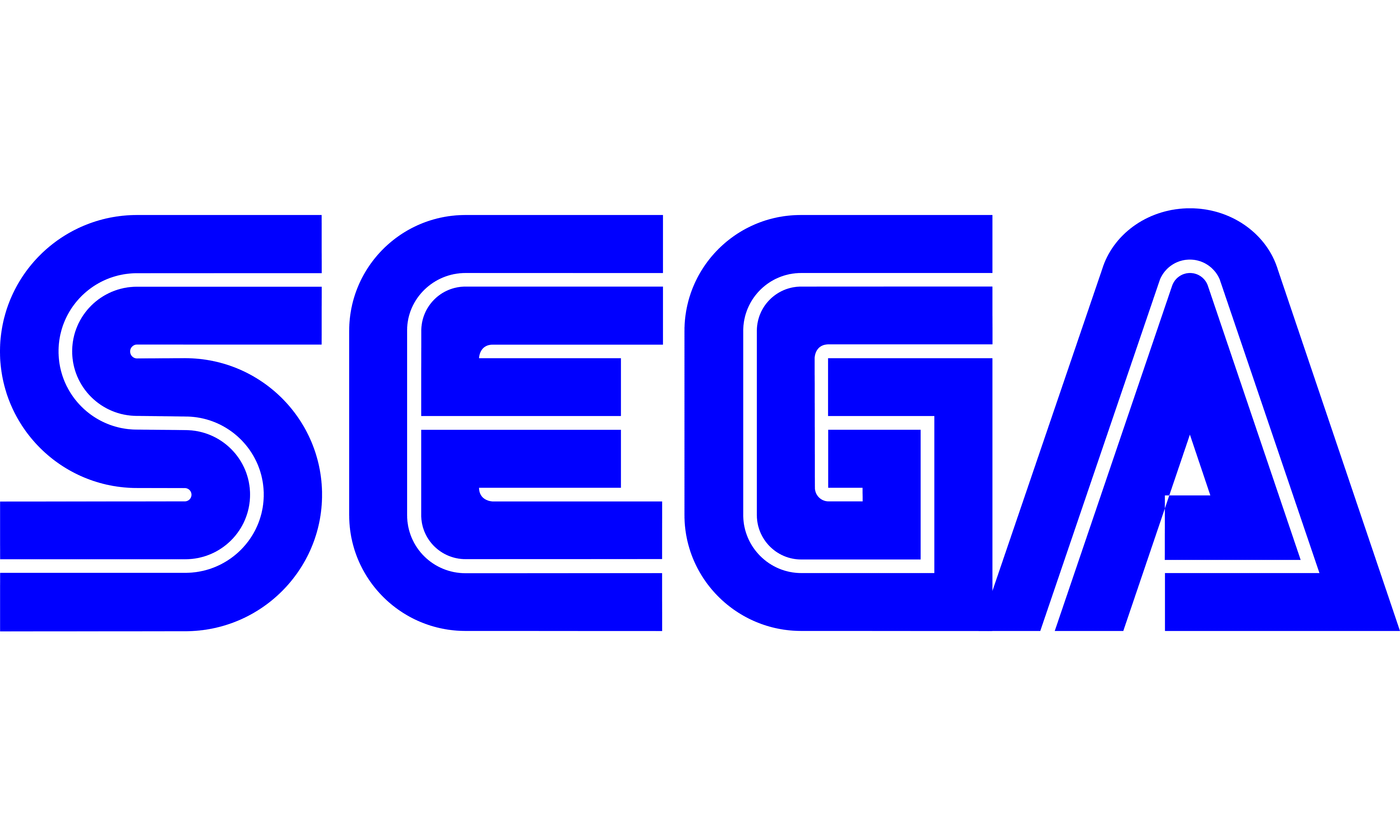Sega
1. Origins and Creation
Early Beginnings:
- Founding: Sega, originally founded as Service Games, was established in 1940 by American entrepreneurs Martin Bromley and Richard Stewart in Honolulu, Hawaii. The company initially focused on providing coin-operated amusements for military bases.
- Transition to Japan: After World War II, the company moved its operations to Tokyo, Japan, and merged with another company to form "SEGA Enterprises, Ltd." The name SEGA is an abbreviation of "Service Games."
From Amusement Machines to Video Games:
- First Ventures: In the 1960s, Sega entered the arcade game market with mechanical games like Periscope, which became a global hit. This success prompted Sega to dive deeper into electronic gaming.
- Early Video Games: By the late 1970s, Sega began producing arcade video games, including hits like Zaxxon and Space Harrier. These games established Sega as a key player in the arcade industry and set the stage for its entry into the home console market.
2. Key Milestones
The Sega Genesis/Mega Drive Era:
- Introduction of the Genesis: In 1988, Sega launched the Mega Drive in Japan, known as the Genesis in North America. The 16-bit console was Sega’s answer to Nintendo’s dominance and became a massive success, particularly in North America and Europe.
- Sonic the Hedgehog: In 1991, Sega introduced Sonic the Hedgehog, a fast-paced platformer that became the Genesis’s flagship title. Sonic quickly became Sega’s mascot, rivaling Nintendo’s Mario and cementing Sega’s place in gaming history.
- Console Wars: The Genesis was at the center of the “console wars” of the early 1990s, where Sega’s aggressive marketing campaigns, such as “Genesis Does What Nintendon’t,” highlighted the console’s superior graphics and processing power. This rivalry with Nintendo pushed both companies to innovate and capture the hearts of gamers worldwide.
The Sega Saturn:
- Launch of the Saturn: In 1994, Sega released the Sega Saturn, a 32-bit console that was designed to compete with Sony’s PlayStation and Nintendo’s upcoming Nintendo 64. The Saturn was notable for its powerful hardware and focus on 2D games, which were highly regarded by arcade enthusiasts.
- Challenges and Shortcomings: Despite its strengths, the Saturn struggled due to its high price, complex architecture, and lack of third-party support. Sega’s decision to release the Saturn early in the U.S. market, without sufficient software support, also hurt its chances. Ultimately, the Saturn was unable to match the success of the Genesis and was considered a commercial failure in most markets.
The Dreamcast:
- A Last Stand: Released in 1999, the Sega Dreamcast was Sega’s final attempt to reclaim its position in the console market. The Dreamcast was ahead of its time, featuring innovative technology such as online play with SegaNet, a built-in modem, and a VMU (Visual Memory Unit) for additional gameplay features.
- Critical Acclaim and Legacy: The Dreamcast was critically acclaimed and developed a strong cult following, with iconic games like Shenmue, Sonic Adventure, and Crazy Taxi. However, despite its innovation, the Dreamcast struggled against the PlayStation 2’s overwhelming market presence and support. In 2001, Sega announced it would discontinue the Dreamcast and shift its focus to software development.
3. Iconic Products and Innovations
Sonic the Hedgehog:
- The Birth of a Mascot: Sonic the Hedgehog was created to be Sega’s mascot and a direct competitor to Mario. The game’s fast-paced gameplay and vibrant graphics made Sonic an instant hit, leading to numerous sequels, TV shows, comics, and merchandise.
- Enduring Popularity: Sonic remains one of the most beloved characters in gaming, with new games, remakes, and adaptations continuing to keep the franchise relevant to both nostalgic fans and new players.
Arcade Pioneering:
- Leading the Arcade Scene: Throughout the 1980s and 1990s, Sega was synonymous with arcade gaming, producing classic titles such as OutRun, After Burner, and Virtua Fighter. These games were known for their cutting-edge graphics, innovative controls, and immersive experiences.
- Innovations: Sega introduced many technological advancements in arcade gaming, including the first 3D fighting game (Virtua Fighter) and the use of hydraulics in cabinets for a more immersive experience.
Dreamcast and Online Gaming:
- Pioneering Online Play: The Dreamcast was one of the first consoles to emphasize online gaming, with a built-in modem for internet connectivity. Games like Phantasy Star Online set the stage for the online multiplayer experiences that are standard today.
- Innovative Hardware: The Dreamcast introduced several innovative features, including the VMU (Visual Memory Unit), which acted as both a memory card and a mini-screen for additional game functions.
4. Fun Facts and Cultural Impact
Sega’s Influence on Pop Culture:
- Sonic’s Cultural Impact: Sonic the Hedgehog became a pop culture icon, with a successful series of games, animated TV shows, comic books, and even a feature film. Sonic’s appeal spans generations, making him a recognizable character worldwide.
- Arcade Legacy: Sega’s arcade games defined the arcade era, creating experiences that are still celebrated by gamers today. The company’s commitment to arcade gaming influenced the design of home consoles and brought the arcade experience into living rooms.
Sega’s Transition to Software Development:
- Post-Dreamcast Era: After discontinuing the Dreamcast, Sega transitioned from a console manufacturer to a third-party software developer. This allowed Sega to focus on creating games for various platforms, keeping its beloved franchises alive across multiple consoles.
- Continued Success: Sega has continued to release successful titles, including new Sonic games, Yakuza series, and remakes of classic games. The company remains a significant player in the gaming industry, leveraging its rich history and beloved IPs.
Memorable Marketing Campaigns:
- “Genesis Does What Nintendon’t” - Sega’s aggressive marketing campaign that directly challenged Nintendo’s dominance and highlighted the Genesis’s superior capabilities.
- “Welcome to the Next Level” - A campaign that emphasized Sega’s focus on innovation and pushing the boundaries of gaming, resonating with gamers who sought more advanced and exciting experiences.
Sustainability and Community Engagement:
- Eco-Friendly Practices: Sega has taken steps toward sustainability by reducing the environmental impact of its products and packaging. The company also participates in various charitable activities and community engagement initiatives, reflecting its commitment to corporate social responsibility.
- Cultural Preservation: Sega has made efforts to preserve its gaming legacy through re-releases, remasters, and compilations of classic games, allowing new generations to experience the company’s rich history.
Memorable Quotes:
- “SEGA!” - The iconic soundbite heard at the start of Sega games, symbolizing the brand’s energetic and innovative spirit.
- “To be this good takes AGES, to be this good takes SEGA.” - A play on words that emphasized Sega’s long-standing expertise in the gaming industry.


